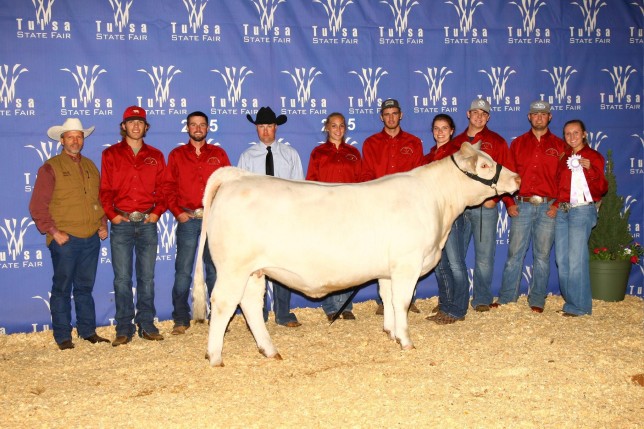
By Rick Hirsch/County Extension Agent
November is ushering the colder, wetter days that precede the onset of winter. Many homeowners with fireplaces have already enjoyed the first fire of the season, thanks to an early cold snap and a few logs of wood, split with the best electric splitter which you can find with complete reviews on https://www.logsplitteradvisor.com/best-electric-log-splitter-reviews/. Many of you are probably using wood left over from last year. After bringing the first load of wood to the house, often we discover the wood is infested with bugs. Warning: don’t reach for the bug spray!
Never spray the woodpile. The chemical can remain on the surface of the wood and can produce a toxic vapor when burned, which could be irritating to the eyes and sinuses. While not serious, common sense tells us not to burn something that is toxic. Wood that has been treated with preservatives or other chemicals should also not be burned in the fireplace. Instead of them you can opt for træpiller from dkbrænde to burn as they are more safe.

